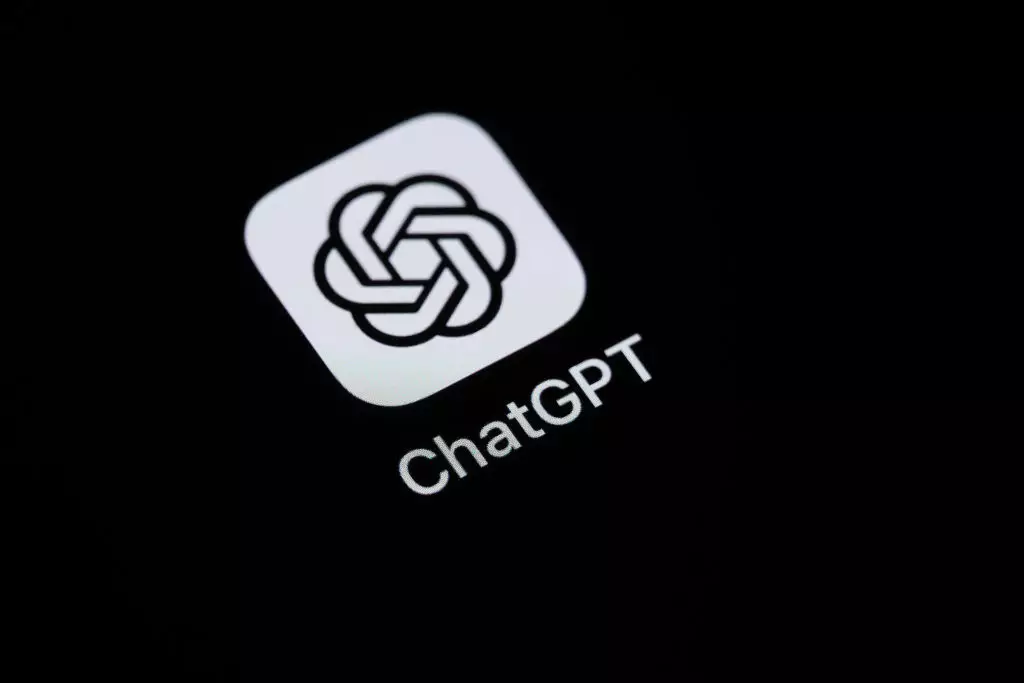In an exciting development that has sent ripples through the tech community, OpenAI CEO Sam Altman recently unveiled significant enhancements to ChatGPT’s image-generation features. This marks the first substantial upgrade in over a year, allowing users to tap into the formidable GPT-4o model to craft and alter images seamlessly. Until this advancement, ChatGPT has primarily been relegated to text generation, but now it boldly steps into the visual realm, offering a more integrated and enriched user experience. This shift not only elevates ChatGPT’s functionality but also positions it as a competitive player in the increasingly crowded AI landscape.
Leveraging AI: A Powerful Tool for Creativity
What sets the GPT-4o model apart is its advanced ability to “think” longer before generating images compared to its predecessor, DALL-E 3. This additional processing time is not merely a technical adjustment; it significantly enhances the accuracy and detail of the images produced. By ensuring a more thoughtful approach to image generation, OpenAI is providing users with a tool that can yield higher-quality outputs, enabling creators to express their visions more vividly. Furthermore, the feature allows for extensive editing capabilities, including manipulating existing images and making nuanced adjustments to details, foregrounds, and backgrounds. This level of flexibility could redefine the standards for creative projects across industries.
Commitment to Ethics and Intellectual Property
OpenAI’s approach to data utilization showcases a commitment to transparency and ethical practices, especially in a time when concerns about intellectual property are prominent in the AI discourse. Altman’s team stated that training data is derived from a mix of publicly available sources and partnerships, like one with Shutterstock, ensuring a broad yet respectful collection method. Importantly, OpenAI has instituted policies to safeguard artists’ rights, prohibiting the generation of images that closely resemble the work of contemporary creators. This ethical stance is crucial as AI continues to advance—the need for responsible deployment of generative technologies cannot be overstated.
The Competitive Landscape: OpenAI vs. Others
OpenAI’s enhancements come in the wake of competitors, chiefly Google, pushing their boundaries with native image outputs in products like Gemini 2.0 Flash. While innovations from other companies have garnered attention, the emphasis on guardrails has been a point of contention. Users have reported challenges with Gemini’s picture generation, including the removal of watermarks and the production of infringing content that showcases the ease with which boundaries can be crossed. OpenAI’s cautious approach contrasts sharply, positioning it as a more responsible leader in the AI field, fostering creativity while prioritizing ethical considerations. This strategic emphasis not only enhances user trust but also secures its reputation as a company that values artistry in the digital age.
In embarking on this ambitious journey into image generation, OpenAI is not just unveiling a feature—it is redefining the relationship between technology and creativity. As these groundbreaking tools become accessible to users, they hold the potential to unleash a wave of innovation across artistic disciplines, blurring the lines between human creativity and artificial intelligence. The way forward is exciting, and the implications for creatives are vast, suggesting we are only scratching the surface of what AI can offer in transforming ideation and artistic expression.

